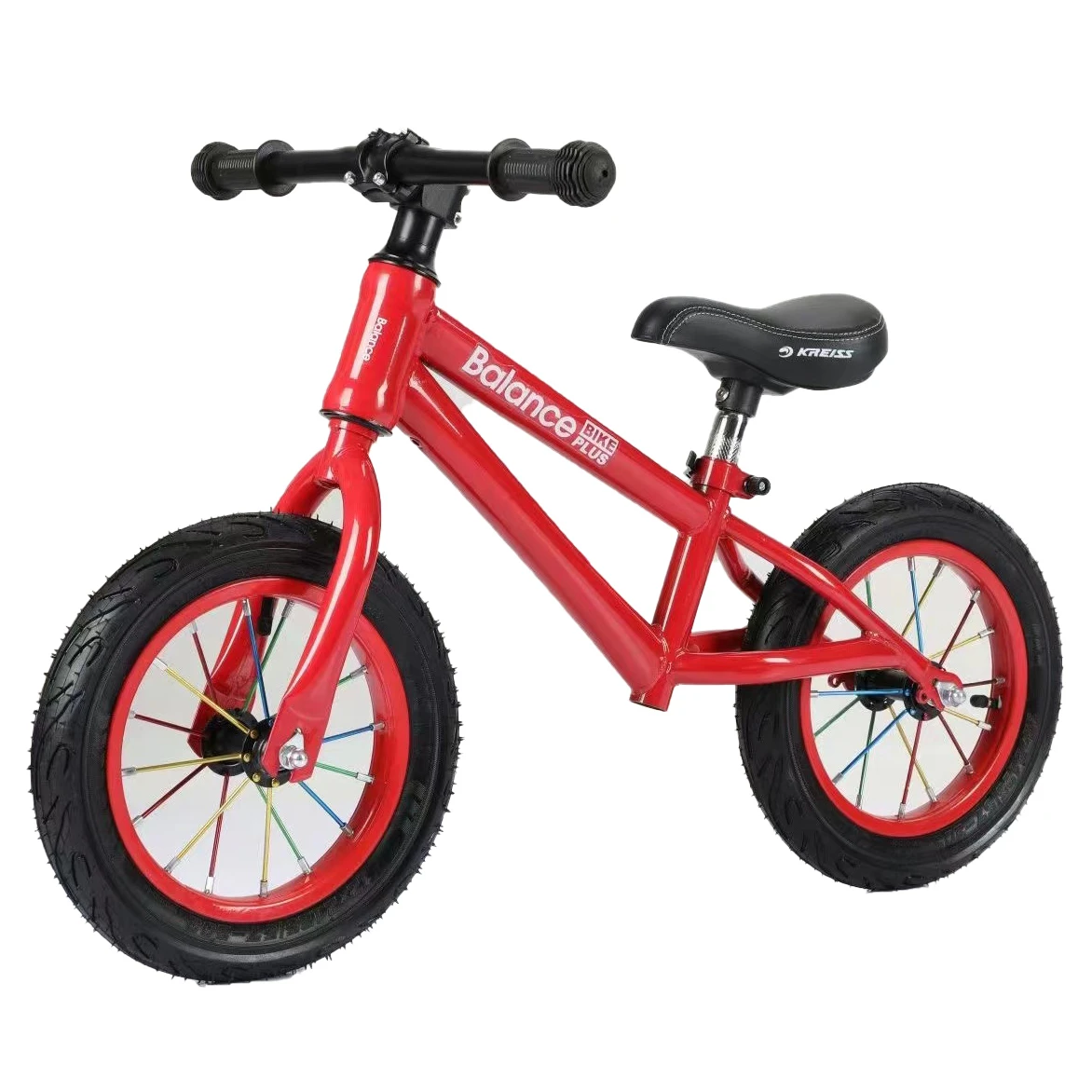mountain bike material
The Essential Guide to Mountain Bike Materials
Mountain biking is an exhilarating sport that combines adventure, exploration, and physical challenge. One of the critical aspects that determine the performance and durability of a mountain bike is the materials used in its construction. Understanding these materials can help riders make informed decisions when purchasing a new bike or upgrading components. In this article, we will explore the various materials used in mountain bike frames and components, their advantages and disadvantages, and how they impact the riding experience.
1. Aluminum
Aluminum is one of the most common materials used in mountain bike frames due to its excellent strength-to-weight ratio. It is lightweight, resistant to corrosion, and can be easily shaped into complex designs. Modern aluminum bike frames often feature hydroforming, which allows for better performance characteristics and improved aesthetics. However, while aluminum is durable, it can be less forgiving than other materials on rough terrain, leading to a harsher ride.
Advantages - Lightweight - Corrosion-resistant - Cost-effective
Disadvantages - Stiffness may affect ride comfort - Can be prone to fatigue over time
2. Carbon Fiber
Carbon fiber has gained popularity in premium mountain bikes for its exceptional strength-to-weight ratio. Frames made from carbon fiber are significantly lighter than their aluminum counterparts and can be engineered to provide specific stiffness in targeted areas. This material dampens vibrations effectively, offering a smoother ride and improved handling on rugged trails. However, carbon fiber is more expensive and can be susceptible to damage from impacts, making repair difficult.
Advantages - Lightweight and strong - Customized stiffness for better ride quality - Excellent vibration dampening
Disadvantages - High cost - Can be fragile under certain conditions
mountain bike material

3. Steel
While not as common as aluminum or carbon, steel has its niche among mountain bikers who value its durability and classic ride feel. Steel frames tend to absorb shock better than aluminum, providing a more comfortable ride over rough terrain. Additionally, steel is easily repairable, making it a practical choice for long-distance touring or adventure riding. The downside is that steel frames can be significantly heavier than aluminum or carbon options.
Advantages - Durable and repairable - Excellent shock absorption - Classic ride feel
Disadvantages - Heavier compared to aluminum and carbon - Can rust if not properly maintained
4. Titanium
Titanium combines the best qualities of aluminum and steel, being both lightweight and extremely durable. It offers a unique ride quality that many enthusiasts find appealing. Titanium bikes resist corrosion and fatigue, making them a long-lasting investment. However, like carbon fiber, titanium can come with a hefty price tag.
Advantages - Lightweight and durable - Corrosion-resistant - Comfortably absorbs shocks
Disadvantages - Expensive - Limited availability and options
Conclusion
Choosing the right material for a mountain bike involves balancing performance, comfort, and budget. Aluminum and carbon fiber dominate the market due to their lightweight and durable characteristics, whereas steel and titanium offer specialized benefits that cater to specific riding preferences. Ultimately, the best choice depends on the rider’s priorities—be it weight savings, ride quality, or durability. As technology continues to evolve, new materials may emerge, but understanding the fundamentals of current mountain bike materials will always be essential for any rider looking to enhance their biking experience.
-
The Perfect Baby TricycleNewsAug.11,2025
-
Ride into Fun with Bikes for KidsNewsAug.11,2025
-
Ride into Adventure with the Perfect Kids Balance BikeNewsAug.11,2025
-
Fun and Safe Riding with the Best Childrens ScootersNewsAug.11,2025
-
Find the Perfect Childrens Bike for Your Little OneNewsAug.11,2025
-
Explore the Best Baby Tricycles for Your Little OneNewsAug.11,2025
-
Three-Wheel Light-Up Scooter Benefits for KidsNewsJul.11,2025








